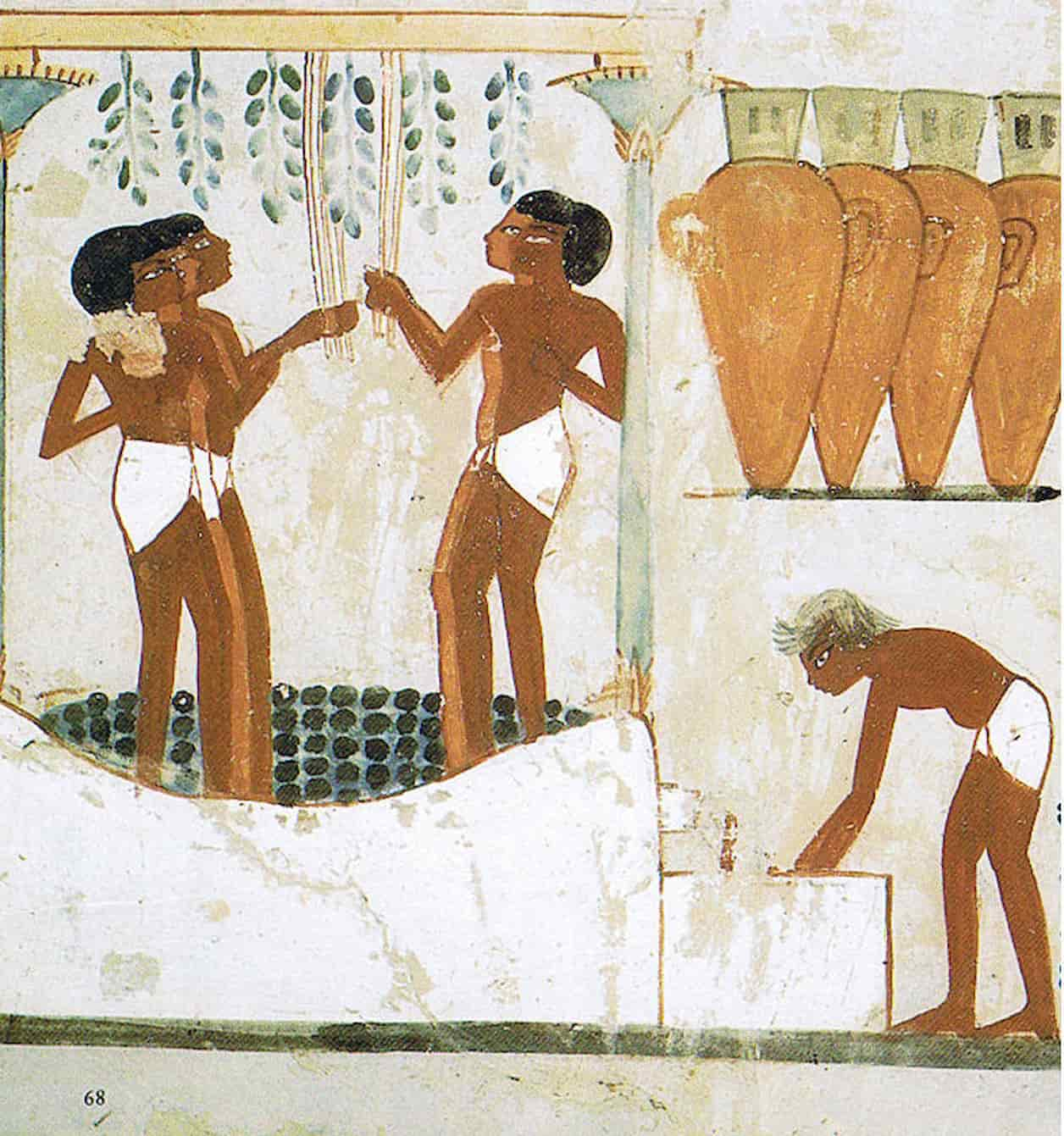Pharmacopoeia in Ancient Egypt
Pharmacopoeia in ancient Egypt was practiced by propharmacists implementing codified and renewable treatments indicated in medical papyri, among which is the Ebers papyrus.

Pharmacopoeia in ancient Egypt was practiced by propharmacists implementing codified and renewable treatments indicated in medical papyri, among which is the Ebers papyrus.

